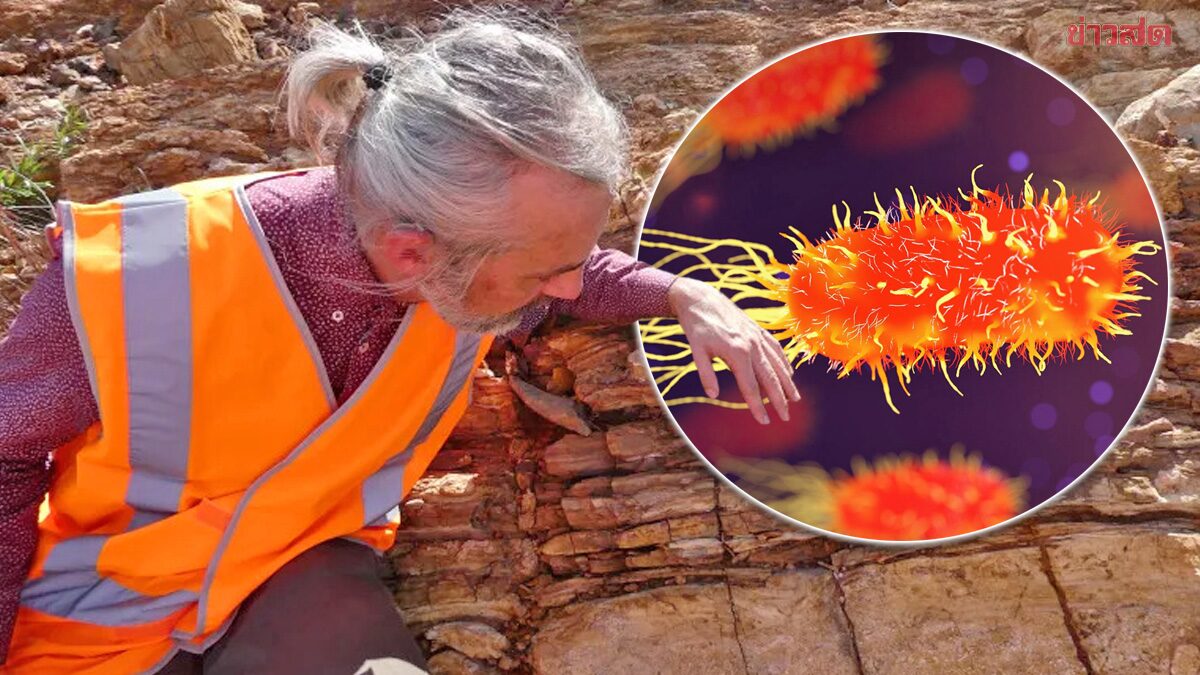พบ “โปรโตสเตอรอล ไบโอตา” – ซินหัว และ อัลจาซีรา รายงานการค้นพบชวนตะลึง เมื่อคณะนักวิจัยเจอ “โลกที่สาบสูญ” ของสิ่งมีชีวิตโบราณซึ่งอาศัยอยู่ในแหล่งน้ำของโลกเมื่อหลายพันล้านปีก่อน
ทีมวิจัยจากมหาวิทยาลัยแห่งชาติออสเตรเลีย (เอเอ็นยู) เปิดเผยการค้นพบ “โปรโตสเตอรอล ไบโอตา” (Protosterol Biota) สิ่งมีชีวิตขนาดเล็กในวงศ์ยูคาริโอต (eukaryote) ที่อาจเป็นนักล่ารุ่นแรกของโลก ล่าและกินแบคทีเรียเป็นอาหาร รวมถึงเคยมีจำนวนมากในระบบนิเวศทางทะเลทั่วโลก และอาจมีบทบาทสำคัญต่อการสร้างระบบนิเวศ
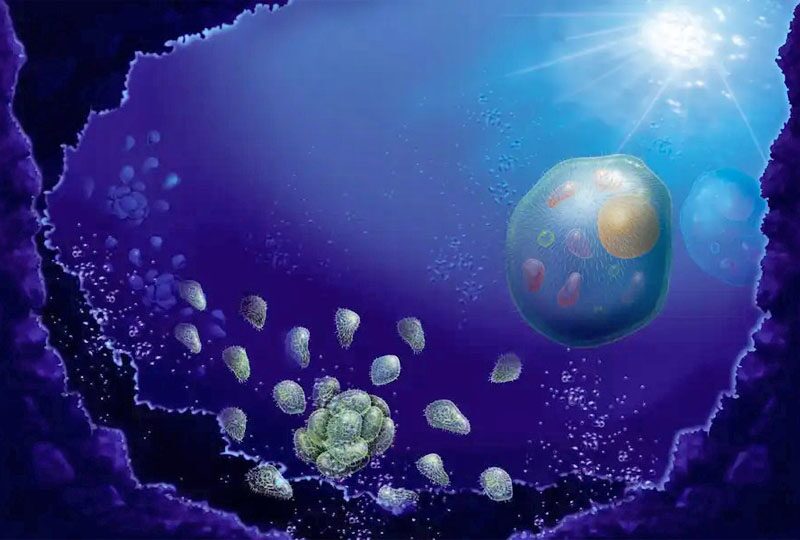
พบ “โปรโตสเตอรอล ไบโอตา” – Illustration of an early eukaryote that evolved in the sea – although we don’t know what these organisms looked like JACOPIN/BSIP/SCIENCE PHOTO LIBRARY
ส่วนยูคารีโอตสมัยใหม่นั้นประกอบด้วยรา พืช สัตว์ และสิ่งมีชีวิตเซลล์เดียว เชื่อกันว่าสิ่งมีชีวิตที่มีนิวเคลียสทั้งหมดมีบรรพบุรุษร่วมในวงศ์ยูคาริโอตที่ใกล้กันที่สุดของสิ่งมีชีวิตบนโลก (LECA) ซึ่งเคยมีชีวิตอยู่เมื่อกว่า 1,200 ล้านปีก่อน
นายเบนจามิน เนตเตอร์ไชม์ และ นายโจเชน บรอคส์ จากมหาวิทยาลัยแห่งชาติออสเตรเลีย ค้นพบซากโมเลกุลของโปรโตสเตอรอล ไบโอตา ในหินอายุ 1,600 ล้านปีที่ขุดพบจากรัฐนอร์ธเทิร์นเทร์ริทอรีของออสเตรเลีย
นายเนตเตอร์ไชม์ระบุว่าหนึ่งในปริศนายิ่งใหญ่ที่สุดที่นักวิทยาศาสตร์วิวัฒนาการยุคแรกพยายามหาคำตอบคือทำไมบรรพบุรุษยูคาริโอตที่มีความสามารถสูงไม่ได้ครองแหล่งน้ำโบราณของโลก และพวกมันซ่อนตัวอยู่ที่ไหน
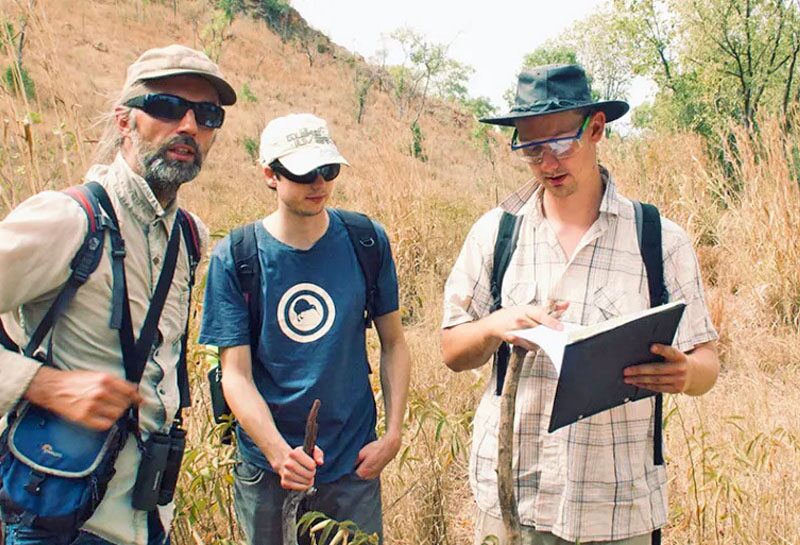
The scientists – Jochen Brocks and Benjamin Nettersheim – made the discovery in rocks from northern Australia. (Christian Hallmann/Supplied)
ผลการศึกษานี้พลิกทฤษฎีดังกล่าวอย่างสิ้นเชิง และแสดงให้เห็นว่าโปรโตสเตอรอล ไบโอตา ซ่อนตัวอยู่ทั่วไปและมีอยู่มากมายในมหาสมุทรและทะเลสาบโบราณของโลกมาโดยตลอด โดยเหล่านักวิทยาศาสตร์แค่ไม่รู้วิธีค้นหาพวกมันจนกระทั่งตอนนี้
Advertisement
ทั้งนี้ เชื่อกันว่าสิ่งมีชีวิตชนิดนี้ครองโลกตั้งแต่ 1,600 ล้านปีก่อนถึงประมาณ 800 ล้านปีก่อน ซึ่งสอดคล้องกับการอุบัติของสิ่งมีชีวิตที่ซับซ้อนมากขึ้น
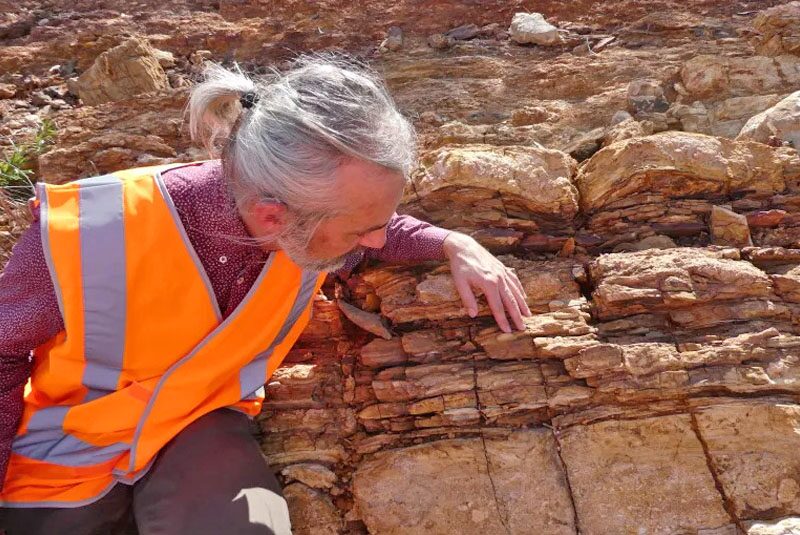
Professor Jochen Brocks inspects the 1.64 billion year old sediments for molecules of the Protosterol Biota at Barney Creek in Northern Australia. (Courtesy of the Australian National University)
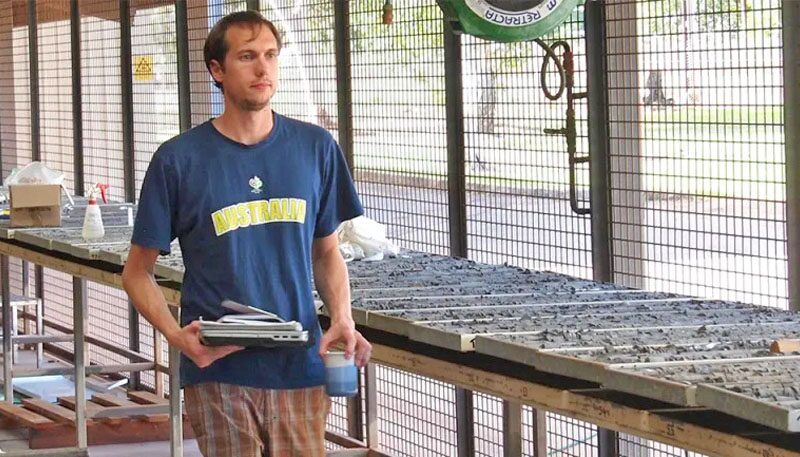
พบ “โปรโตสเตอรอล ไบโอตา” – Benjamin Nettersheim and the other scientist spent 10 years on the research. (Christian Hallmann/Supplied)
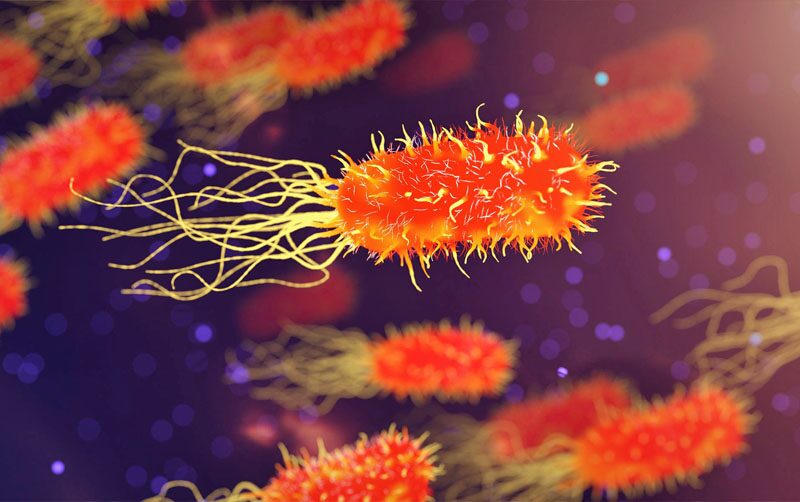
Eukaryotic life appears to have flourished surprisingly late in the history of Earth. This view is based on the low diversity of diagnostic eukaryotic fossils in marine sediments of mid-Proterozoic age (around 1.6 billion to 800 million years ago) and an absence of steranes, the molecular fossils of eukaryotic membrane sterols. This scarcity of eukaryotic remains is difficult to reconcile with molecular clocks that suggest that LECA had already emerged between around 1.2 and more than 1.8 billion years ago. LECA, in turn, must have been preceded by stem-group eukaryotic forms by several hundred million years. Brocks et al. report the discovery of abundant protosteroids in sedimentary rocks of mid-Proterozoic age. Image credit: Arek Socha.
ข่าวที่เกี่ยวข้อง:

